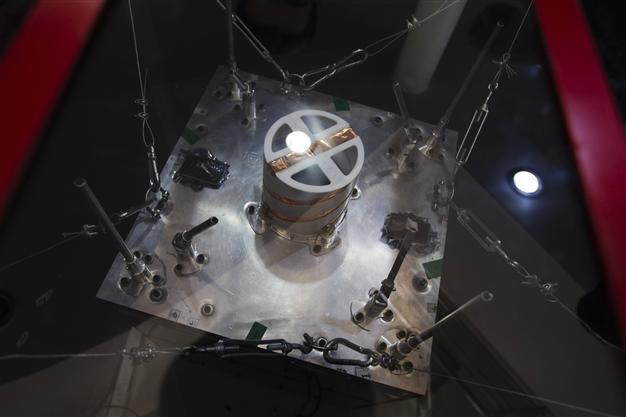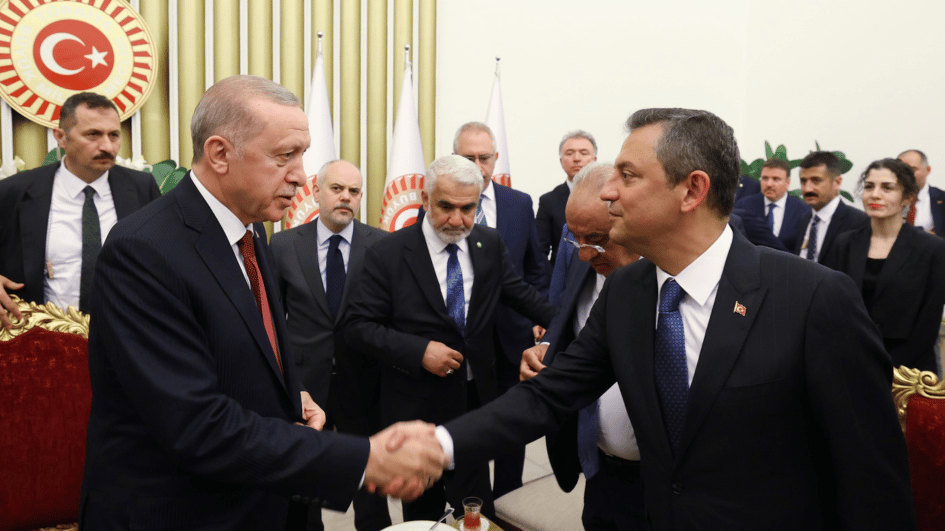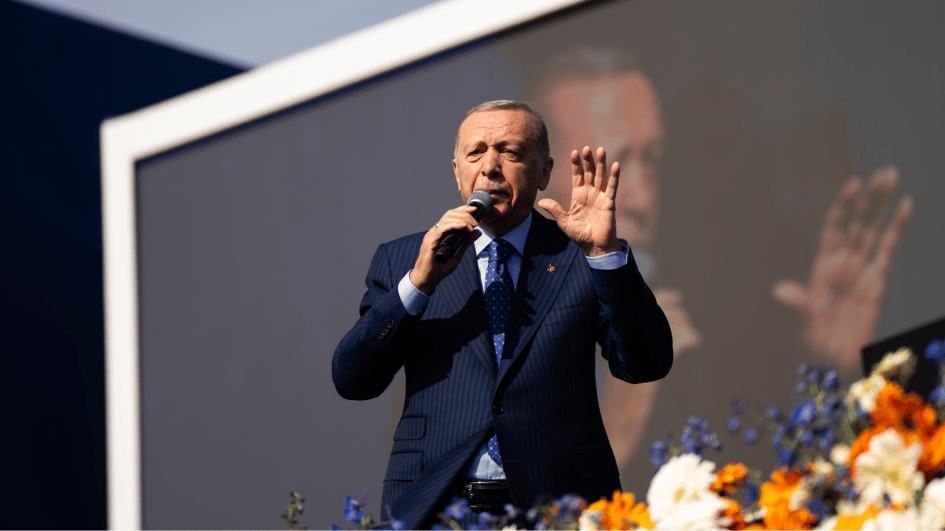Iran opens space program site for first media tour
MAHDASHT, Iran-The Associated Press

A qualification model of the Navid-1 satellite is displayed for journalists during a visit to the Iranian Space Agency (ISA) in Mahdasht, about 60 km (37 miles) west of Tehran. Reuters photo
Iran opened a key space facility to visiting journalists for the first time Wednesday in an apparent effort to show its willingness to allow glimpses at sensitive technology even as Tehran and U.N. inspectors trade accusations about access to nuclear sites and experts.The press tour of the Alborz Space Center, about 40 miles (70 kilometers) west of Tehran, also sought to showcase Iran's advances in aerospace sciences less than a month after it announced another satellite was launched into orbit.
Iran's ambitious space program has raised concerns in the West because of possible military applications. The same rocket technology used to send satellites into orbit including the Feb. 3 launch of the domestically made Navid, or Gospel can also be retooled to create intercontinental warheads.
Iran says Navid was designed to collect data on weather conditions and monitor natural disasters.
The space center visit by nearly 50 journalists for international media in two separate groups comes as Iran and the U.N. nuclear watchdog agency are locked in disputes over access to officials and key sites in the Islamic Republic's atomic program.
The West and allies fear Iran's uranium enrichment labs could eventually produce weapons-grade material. Iran says it only seek nuclear power for energy and medical research.
Allowing journalists into the space facility could be an attempt to discredit U.N. claims that Iran is keeping a tight lid on its technological capabilities. Officials said the space center has no military role, and is used to control and collect data from various satellites, including Navid.
The facility is on a sprawling tract at the base of hills. Inside are huge satellite dishes, buildings housing the control rooms monitoring satellites, including display panels nearly three feet (a meter) across.
"We are the control station for Navid satellite, which has been designed to take pictures from the earth's orbit," director of project, Mojtaba Saradeghi, told the visiting journalists, who were shown a model of the Navid satellite.
Saradeghi said sanctions prevented Iran from buying some of the key equipment needed to build Navid, but Iranian space experts were able to design and produce the equipment.
"We needed various equipment, including sun sensors, for Navid. We could not buy them because of sanctions. So we designed and produced sun sensors ourselves," Saradeghi said.
Kamal Yazdani, another official at the site, said experts here monitor Terra, a multinational NASA scientific research satellite, and other satellites available to the international scientific community.
"We receive data from these satellites and provide the pictures to research and scientific centers including student projects," he said.
Iran is intent on highlighting technological successes as signs Iran can advance despite Western sanctions over its disputed nuclear program.
Iran sent its first domestically made satellite, called Omid, or Hope, into orbit in February 2009. Iran's space plans are wide-ranging and even hold out the goal of putting a man in orbit within a decade, though it appears Iran is still far from that capability.
In 2005, Iran launched its first commercial satellite on a Russian rocket in a joint project with Moscow, which is a partner in transferring space technology to Iran along with North Korea and China. That same year, the government said it allocated $500 million for space projects in the next five years.
Iran has said it wants to put its own satellites into orbit to monitor natural disasters in the earthquake-prone nation and improve its telecommunications. Iranian officials also point to America's use of satellites to monitor Afghanistan and Iraq and say they need similar abilities for security.
















